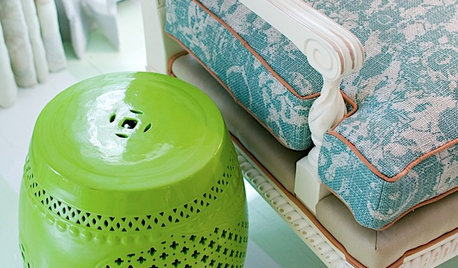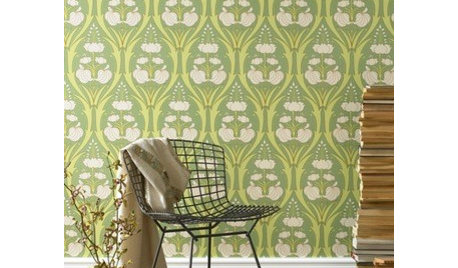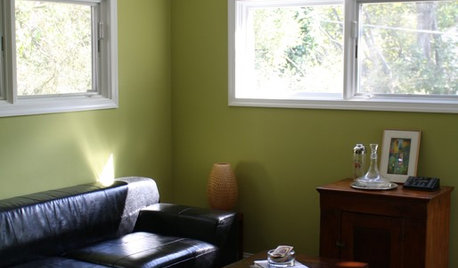Need help on bamboo identification.
tnangela
14 years ago
Related Stories

ORGANIZINGHelp for Whittling Down the Photo Pile
Consider these 6 points your personal pare-down assistant, making organizing your photo collection easier
Full Story
EARTH DAYHow to Help Your Town’s Beneficial Birds and Bugs
Make a habitat using local materials to provide a home to the creatures that help our gardens
Full Story
GREEN DECORATING8 Questions to Help You See Through Green Hype
With the ecofriendly bandwagon picking up some dubious passengers, here's how to tell truly green products and services from the imposters
Full Story
HOME TECHAll Is Not Lost: New Gadgets Help You Find Your Stuff
If you lose it when you lose things around the house (and who doesn't?), one of these wireless finders may be to your gain
Full Story
DECORATING GUIDESThe Most Helpful Furniture Piece You May Ever Own
Use it as a table, a seat, a display space, a footrest ... and indoors or out. Meet the ever-versatile Chinese garden stool
Full Story
HOUZZ TOURSMy Houzz: Saturated Colors Help a 1920s Fixer-Upper Flourish
Bright paint and cheerful patterns give this Spanish-style Los Angeles home a thriving new personality
Full Story
Guest Picks: Give Your Home a Helping of Spring Greens
Celebrate garden growth with this collection of housewares and gardening gear in the shades of budding plants
Full Story
REMODELING GUIDES8 Tips to Help You Live in Harmony With Your Neighbors
Privacy and space can be hard to find in urban areas, but these ideas can make a difference
Full Story
SELLING YOUR HOUSE10 Tricks to Help Your Bathroom Sell Your House
As with the kitchen, the bathroom is always a high priority for home buyers. Here’s how to showcase your bathroom so it looks its best
Full Story






kudzu9
tnangelaOriginal Author
Related Professionals
Graham Landscape Architects & Landscape Designers · East Patchogue Landscape Architects & Landscape Designers · Elgin Landscape Contractors · Mission Viejo Landscape Contractors · Suitland Landscape Contractors · Twin Falls Landscape Contractors · Wallingford Landscape Contractors · Westford Landscape Contractors · Leominster Carpenters · Country Club Hills General Contractors · Fort Pierce General Contractors · Genesee General Contractors · Marysville General Contractors · Miami Gardens General Contractors · North Lauderdale General Contractorstugbrethil
kudzu9
kentuck_8b
loniemck
kentuck_8b
kudzu9
kentuck_8b
kudzu9
kentuck_8b